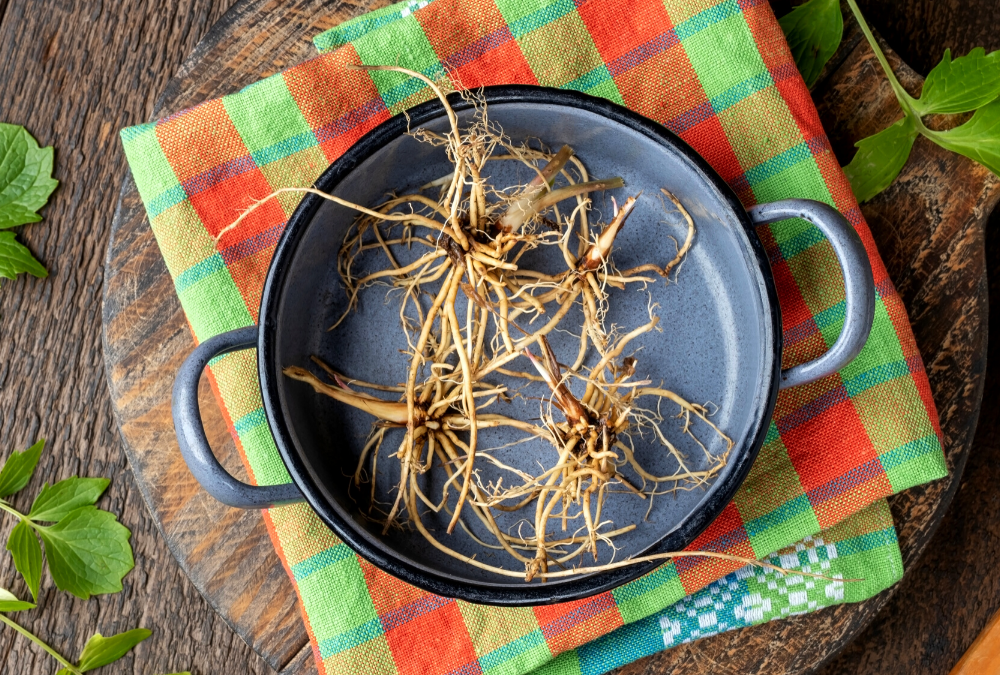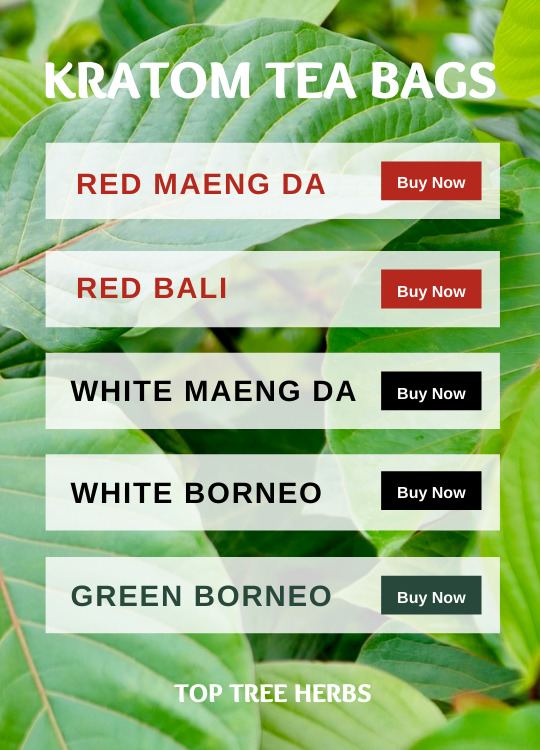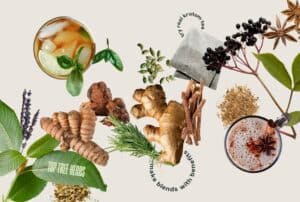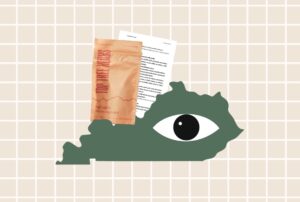Valerian Root has many uses. In this blog we’ll discuss it’s health benefits. Along with that, we’ll get into it’s history and tradition. For those curious, we’ll also be comparing it with melatonin and talking about valerian and cats. Our interest in valerian root comes from our quest to brew the best bedtime tea possible.
Our evening blend has valerian root, chamomile, lavender, rooibos, ginger, and crushed leaf kratom. We like being thorough in our research. Since we include valerian root in our tea, we figured we answer some of the most common questions about valerian root health benefits. Read on to learn more about this traditional herb!
What is Valerian Root
Valerian root is a perennial herb which prefers sandy soil. Its height generally varies from 30-150 cm tall, and it has long umbellate clusters of pinkish flowers. The most beneficial part of the plant, however, is below ground. The roots contain an aromatic essential oil as well as some alkaloids. Taken together, they are desired for their effects on our nervous system.
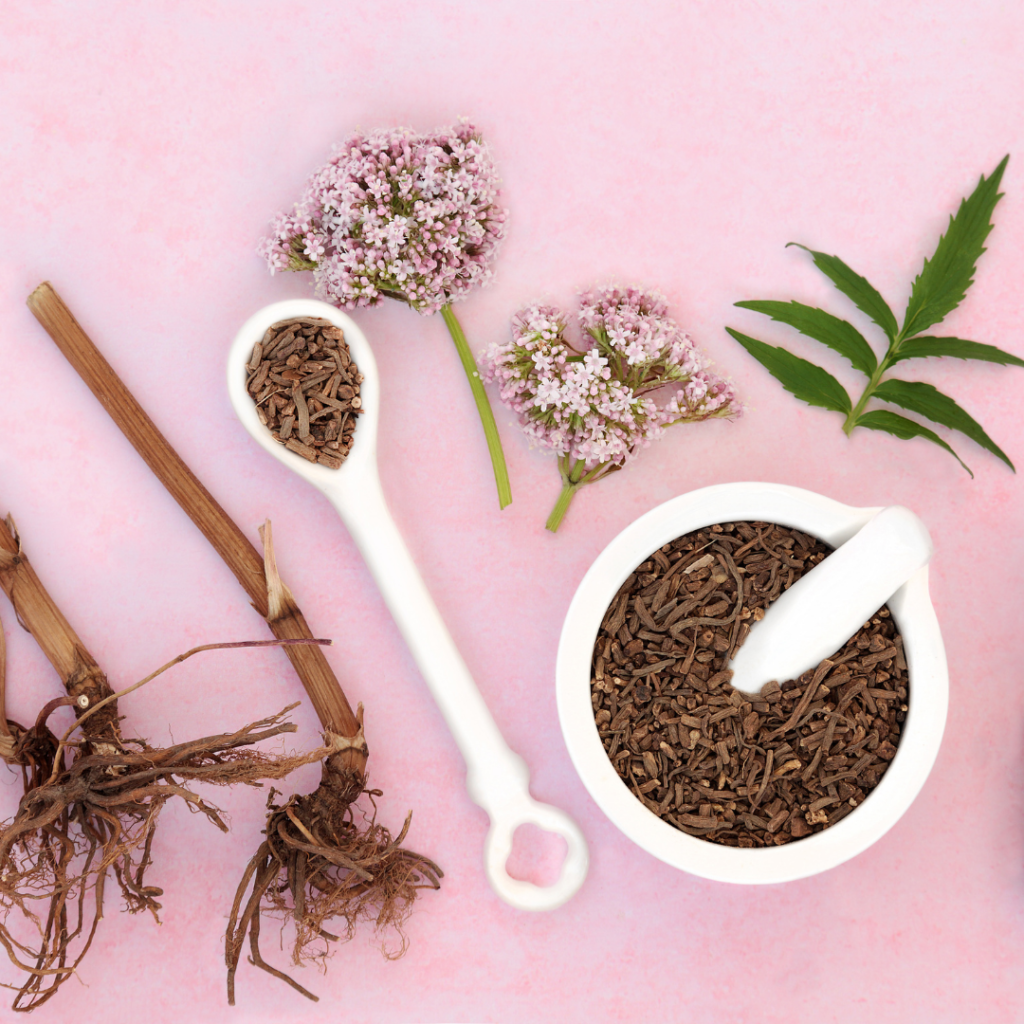
This inconspicuous plant grows on the edge of rivers and creeks. Perhaps you’ve walked by Valeriana officinalis during a forest stroll and admired it as another beautiful wildflower. If so, you may have smelled its purple flowers and appreciated their asymmetrical shape.
Yet to appreciate it completely, we think, you must understand its history and its many beneficial properties.
Read on to learn about the history, science, botany, and more regarding Valeriana officinalis.. Plus, we’ll describe why we’re so excited about our new evening tea blend which contains valerian root, kratom, and other sleepytime herbs!
Historical Uses of Valerian Root
Valerian Root is an ancient medicinal herb. It has a written history dating back to Greek and Roman times. The Greek word for it is fu or phu. The modern word “valerian” is derived from the latin root valere (to be in health).
It’s importance was central to myth and superstition.The Greeks recommended hanging a sprig of valerian under a window to dispel bad luck. They believed the plant brought lightning as well as a lover. Hippocrates, the “father of medicine,” wrote about the “therapeutic uses of” valerian root. Galen, the personal physician to Marcus Aurelius, described the use of valerian root for insomnia.
The Medieval period was a moment of repetition and memorization of the discoveries and technologies of the Golden ages of the Greeks and Romans. Consequently, Valerian root also enjoyed a long lasting, immense popularity up to and throughout the 16th century. One of the most popular uses was as a treatment for “hysteria.”
In Great Britain, where it grows abundantly, it had a resurgence during the World Wars. Valerian root was widely prescribed for shell shock. Furthermore, in WWII the civilian population used it ot handle the stresses of air raids.
This resurgence of a traditional medicine during a period of modern turmoil demonstrates the timeless nature of effective herbal remedies.
Valerian Root Health Benefits
Valerian root has been consumed for its beneficial properties for millenia. Its purpose of use, and the subsequent health benefits, vary from person to person, place to place, and epoch to epoch.
Ayurvedic and TCM
Valerian root has been employed in Traditional Chinese Medicine (TCM). It is also used in the Indian traditional practice of Ayurvedic medicine. Naturally, Valeriana officinalis grows in both Europe and Asia, and thrives in its introduced habitat of North America. In TCM and Ayurvedic medicine, however, valerian root consists of two different species: V. officinalis and V. wallichii.
According to Snu Voogelbreinder (343), V. wallichii is said to have similar properties to officinalis. Yet is more desirable for “strengthening the mind and promoting awareness.”
In TCM, valerian root is called Xie Cao and is believed to help move blood and affect the liver and heart meridians. Tagar, as it is called in the Ayurvedic tradition, is described as pungent, bitter, astringent, light for digestion, slimy in nature, hot, and balances all three “Doshas.” In effect, these traditional explanations describe valerian’s benefits regarding sleeplessness, nervousness, and bleeding issues.
Modern Evidence Based Science
The health benefits of valerian root from the perspective of evidence-based medicine is still inconclusive. There have been a number of studies regarding the effectiveness of valerian root and various extracts, yet there is a mixed bag of results. Before we discuss the modern perspective on valerian root health benefits, let’s go over just what is in the root in the first place.
Getting to the Root of It — Constituents
Valerian roots contain up to 1% by weight essential oils. Along with essential oils, between 0.2-2% valepotriates and valepotriate glycosides. Furthermore, it has carboxylic acids, various alkaloids, and a flurry of isoeugenyl-is-ovalerate, behenic acid, hesperitinic acid, chlorogenic acid, caffeic acid, luteolin, diosmetin, kaempferol [MAOI], arachidonic acid, choline, GABA, glutamine, tyramine and tannins. So in short, there’s more going on than initially meets the eye.
What Does Valerian Root Do?
Now that we have spent the time to get to know Valerian root through its traditions, history, and components, let us finally dig into its specific health benefits. For starters, valerian root is classified by the FDA to be GRAS. (GRAS means Generally Recognized As Safe.)
However, it is not approved to treat, cure or diagnose any specific disease. There are a few reasons to suspect why this is the case. For starters, the clinical trials surrounding the use of valerian root have been inconclusive and haven’t shown many statistically significant results.
There are a few studies with small sample sizes done that show valerian’s potential as a “mild hypnotic,” and for improved sleep quality. In short, some researchers believe that it has legitimate potential for sleep-related issues. Yet, this hasn’t been conclusively proven by large clinical trials. Meaning, at the moment, the most conclusive evidence for the effectiveness of valerian root is through the many millennia of traditional use. Below we go over the reasons for valerian root health benefits.
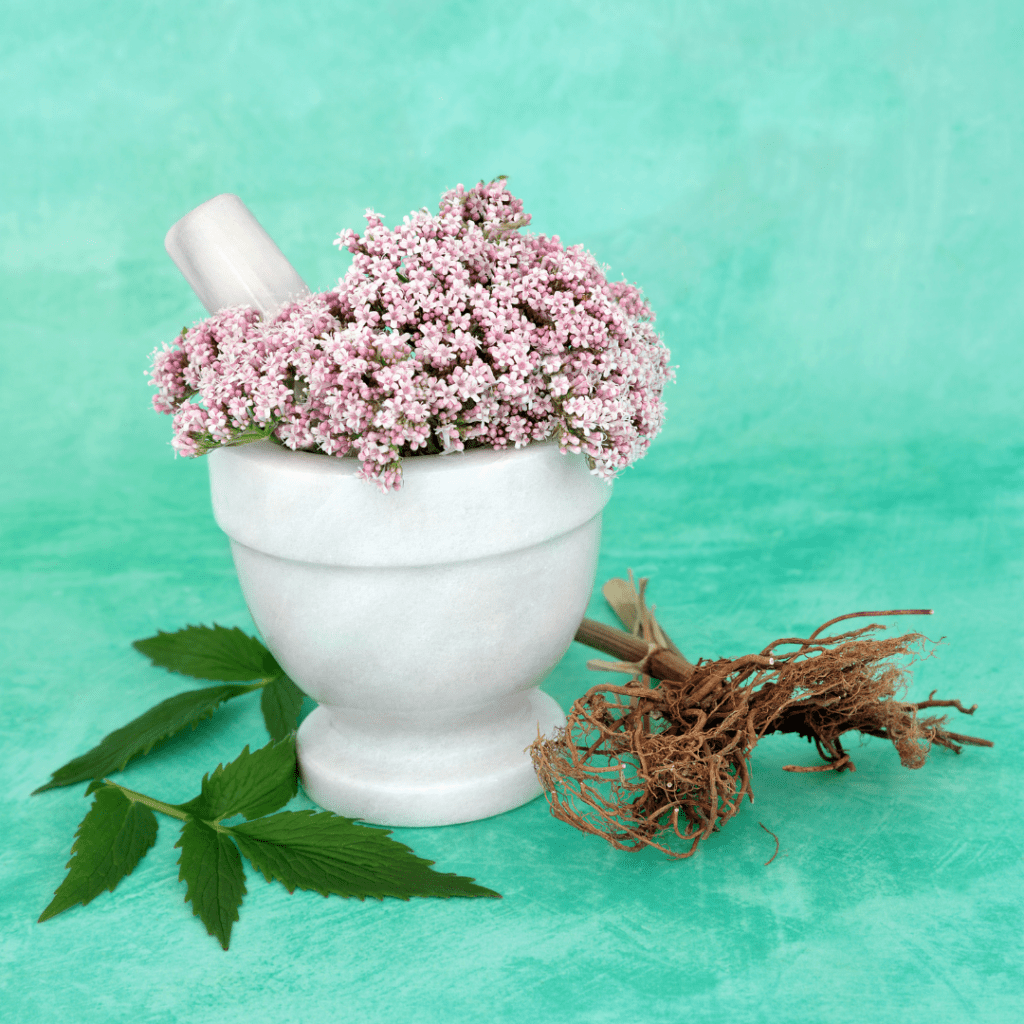
Pharmacology
Presently, the pharmacology of valerian root and all of it’s alkaloids are relatively understudied. There is reason to suspect that it may act upon GABA metabolism and reuptake, 5HT1a and adenosine receptors.
It is difficult for science to fully comprehend valerian root. Presently, the goal of scientists, and pharmacologists in particular, is to isolate single molecules and document their effects. This is fine when it comes to understanding isolated drugs, synthetic and natural. However, when you take something like valerian root, with its many dozens of active molecules, you’re left with a much harder to understand process.
For example, when you have more than one molecule interacting with the brain, you may see vastly different effects than any of those molecules in isolation. Perhaps one molecule inhibits a certain enzyme, which in turn allows a different molecule to exert much stronger effects. Ultimately, the effect that is of interest to researchers regarding valerian root is of all the molecules in concert. This is called the “entourage effect.”
Valerian Root Side Effects
Valerian root is generally well tolerated. However, there are some side effects. To begin with the most extreme example, in 1995 a teenager attempted suicide with valerian root capsules. She took over “20 times” the recommended serving and all toxic symptoms resolved within 24 hours.
Given that the toxicity of valerian root at high, single doses seems fairly well tolerated, the side effects that do appear are relatively mild. Side effects may include “headache, stomach upset, mental dullness, excitability, uneasiness, heart disturbances, and even insomnia in some people.”
Another side effect from valerian root comes from slight overdoses. One of the studies that looked at sleep quality showed that some participants reported feeling more tired in the morning. The group which experienced this effect was taking 900 mg of an extract before bed. (The ideal size found in this study was around 600 mg.) The increased sleepiness likely comes from still having excess valerian root extract in your system when you still wake. This doesn’t occur in smaller quantities.
One of the more interesting side effects of valerian root is an increase in the vividness of your dreams. In fact, this effect is so common that it has become the explicit purpose of use for some people interested in altering their dream experience. Many claim that it can even help one lucid dream. .
Valerian Root vs Melatonin
Another supplement well-known in the world of sleep aids is melatonin. Without going into detail, melatonin (a hormone) is an isolated molecule that regulates our sleep pattern. This is in contrast to valerian root, which as we know, is in fact a wide variety of molecules.
Like serotonin, kratom alkaloids, magic mushroom alkaloids and many other naturally occurring chemicals, melatonin is an indole. An indole is any one of a class of chemicals. They are built on the backbone of tryptophan, an amino acid. In the brain, melatonin is made in the pineal gland and shapes our circadian rhythm.
Both melatonin and valerian root are used as common sleep aids. Both are safe in most situations when used responsibly. They only have slight scientific evidence of their effectiveness. When it comes to choosing one or the other, your best bet is simply trying both to see which one works for you.
Valerian Root and Cats
The smell of valerian root comparable to musky shoes. Today, many consider the smell to be unpleasant. However, not that long ago valerian root was used as an aromatic perfume. The scent is strong and garners a “love it or hate it” reaction in most people. In cats, the ratio is about 50/50.
In fact, some cats love the smell of valerian root so much so that most gardening advice for valerian root is to keep it away from cats. This is the result of the iridoid actinidine. Actinidine has a similar structure nepetalactone, found in catnip.
The smell of valerian is also attractive to rats. Legend has it that the Pied Piper of Hamelyn used valerian root to lead all the rats out of the town. His flute playing was only a guise.
Not The Inspiration For Valium
Have you heard that Valium (diazepam) is named after Valerian? There are a couple reasons why people would believe in this valium and valerian connection. For starters, both are good for calmness or helping with sleep. Valium comes from the latin word vale, which means farewell or goodnight.
Evening Time Blend
In designing our premium, crushed leaf kratom tea bags, we thought hard about taste and function. For our sleepytime tea we went with a few herbal classics. We have chamomile, lavender, rooibos, ginger, and of course: valerian root and red vein kratom. We first spray them with a natural peach essential oil for a sweet peachy flavor. All the infused, dried plant parts are added into the tea bags.
Kratom tea comes from the leaves of the Mitragyna speciosa tree.They traditional drink kratom tea in Thailand. Drinking red vein kratom can be great for relaxing at the end of the day. We bridge these traditional herbs to bring the best bedtime brew into the modern world.
Final Word
If you are looking for a traditional herb to use before bedtime, why not try valerian root? We discussed how valerian root has a long tradition. We learned about the components, as well as the scientific research into it. Valerian root is a wonderful herb to try. Like many herbs, it still could use some more scientific experiments. Since valerian root is so powerful, learning more about it would probably yield great discoveries.
As tea lovers, we think you ought to try our Chai Unwind, which has chai and kratom. Simply put, it’s a delicious bedtime brew. Sip comfortably knowing that many years of tradition predate your cup. Our Chai Unwind is a great way to wind down at the end of a long day.
